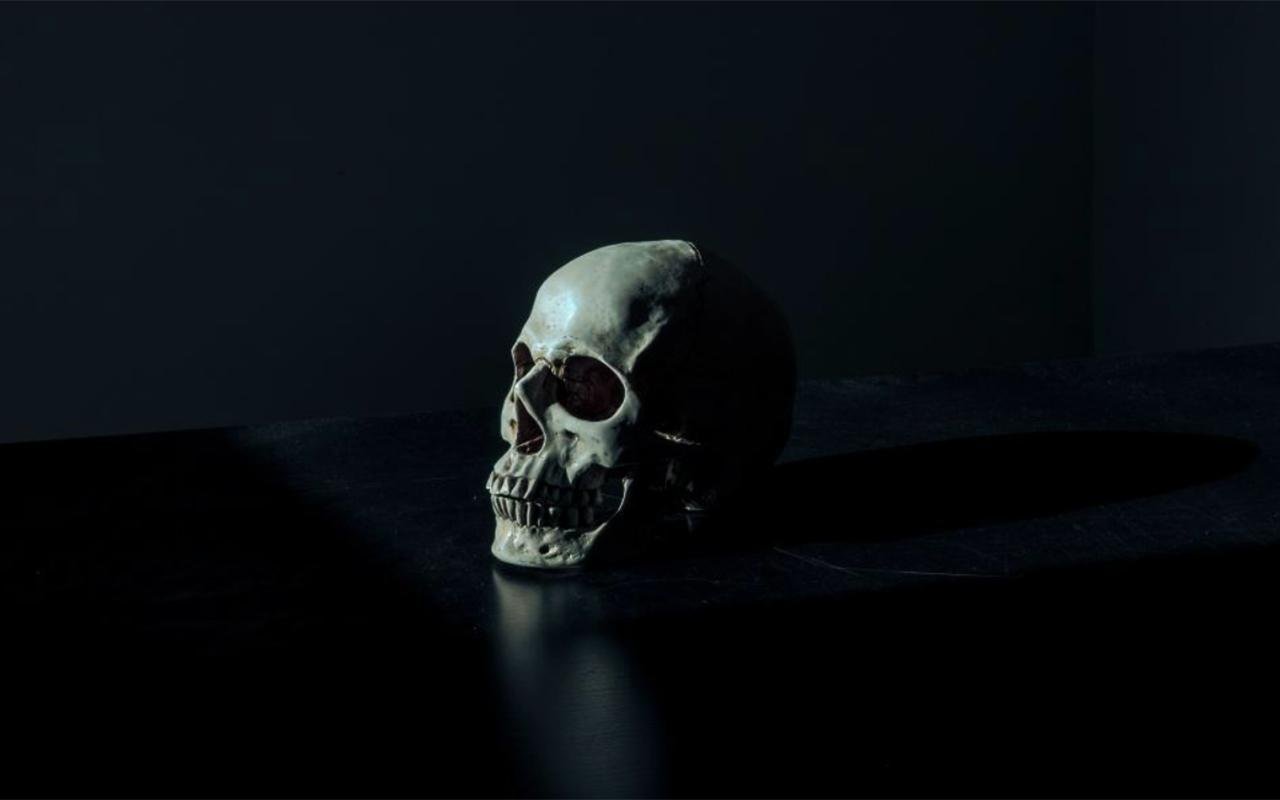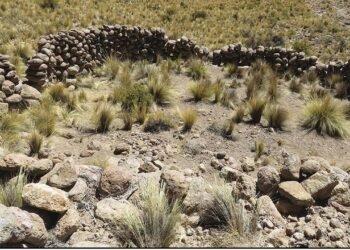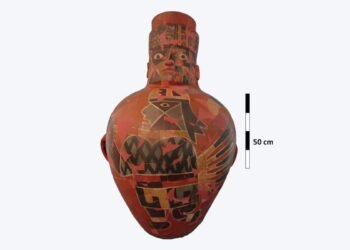New methods of archaeological investigation have revealed the origins of 13 early settlers in South Australia who were buried in unmarked graves at St Mary’s Church in Adelaide.

A recent study published in Australian Archaeology employed isotope analysis of teeth extracted from the graves. This scientific approach was utilized for the first time in the state by experts from Flinders University.
The aim of the research was to determine the number of individuals born in South Australia or Britain among those buried in the free ground area of the cemetery.
By examining the teeth enamel and dentine samples, the archaeologists were able to gain insights into colonial migration prior to 1880.
Christine Adams, the lead author and a Masters student at Flinders University, reported that the analysis of the samples indicated that one person was likely born in Adelaide, eight individuals originated from Britain and Ireland, and three could have come from either of these locations.
According to Adams, their findings showed that only one individual in the study was likely born elsewhere.
The research involved testing a total of 52 samples, with four samples taken from each person—26 for strontium and 26 for oxygen, analyzing both enamel and dentine. Strontium isotope samples were successfully examined from the enamel and dentine of all individuals.
The results align well with the historical records of the cemetery and the predominantly British origins of South Australian colonists before 1880, as explained by Adams.
The study’s findings, supported by dietary data from that era, provide a clearer understanding of the migration patterns during the colonial period.
Associate Professor Ian Moffat from Flinders University emphasized the importance of the isotope analysis technique for studying the origins of individuals who might have migrated over long distances.
He stated that the research demonstrated the application of strontium isotope methods in testing specific hypotheses, rather than simply confirming general locations.
Professor Donald Pate, co-author and project leader of the St Mary’s research, highlighted the significance of the isotopic data in providing valuable information about the migration and mobility of the colonial population in South Australia.
Due to limited historical records, the study’s findings shed light on the life histories of the individuals interred in the free ground section of St Mary’s Cemetery.
While the burial samples at the cemetery total 70 individuals, degraded and missing tooth elements prevented the investigation of all remains, according to Professor Pate.
He has been conducting research at the site for many years, with the project initiated two decades ago at the request of the church. Archaeologists have diligently worked on recovering remains from the free ground area of the cemetery ever since.
More information: Christine Adams, Timothy D. Owen, F. Donald Pate, David Bruce, Kristine Nielson, Robert Klaebe, Maciej Henneberg & Ian Moffat (2022) ‘Do dead men tell no tales?’ The geographic origin of a colonial period Anglican cemetery population in Adelaide, South Australia, determined by isotope analyses, Australian Archaeology, 88:2, 144-158, DOI: 10.1080/03122417.2022.2086200






















